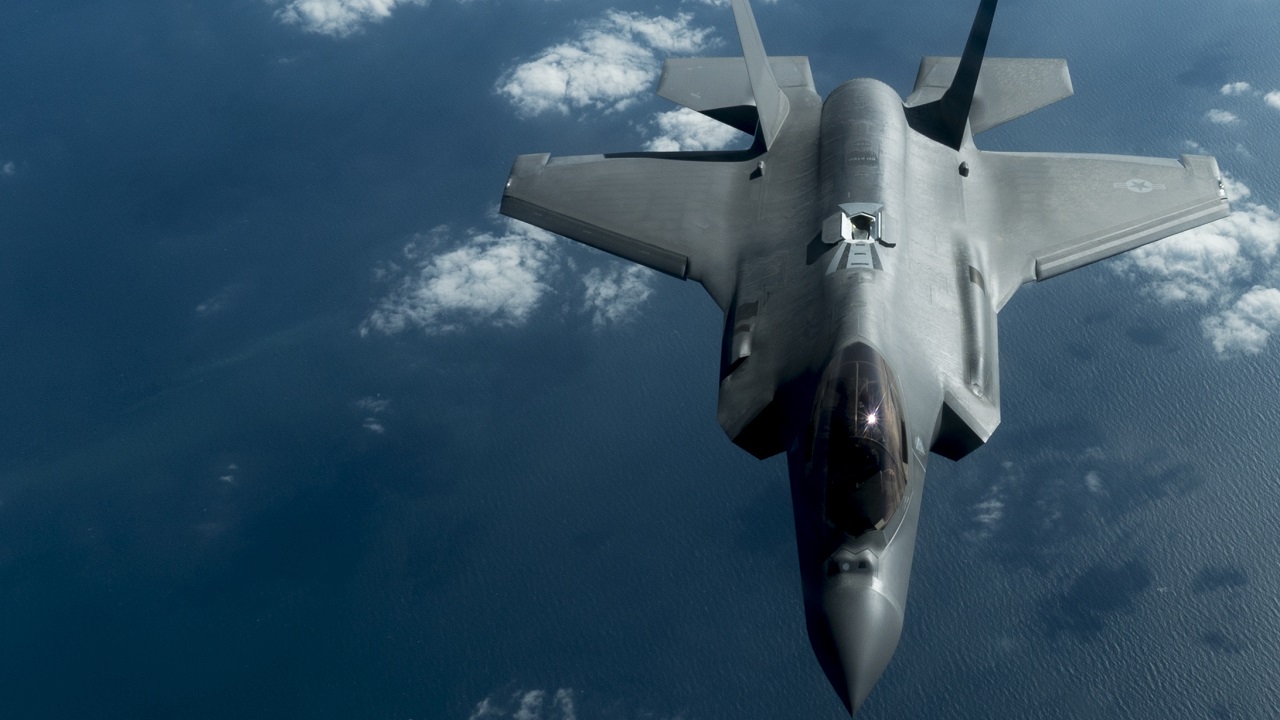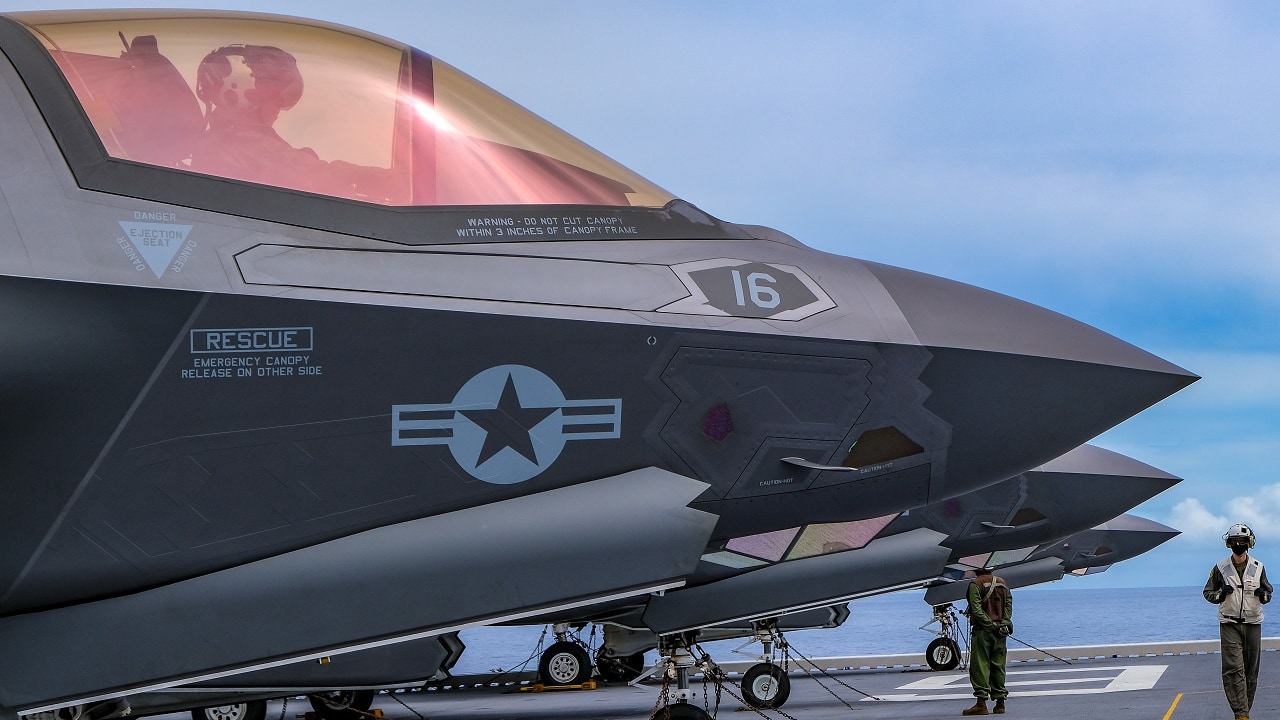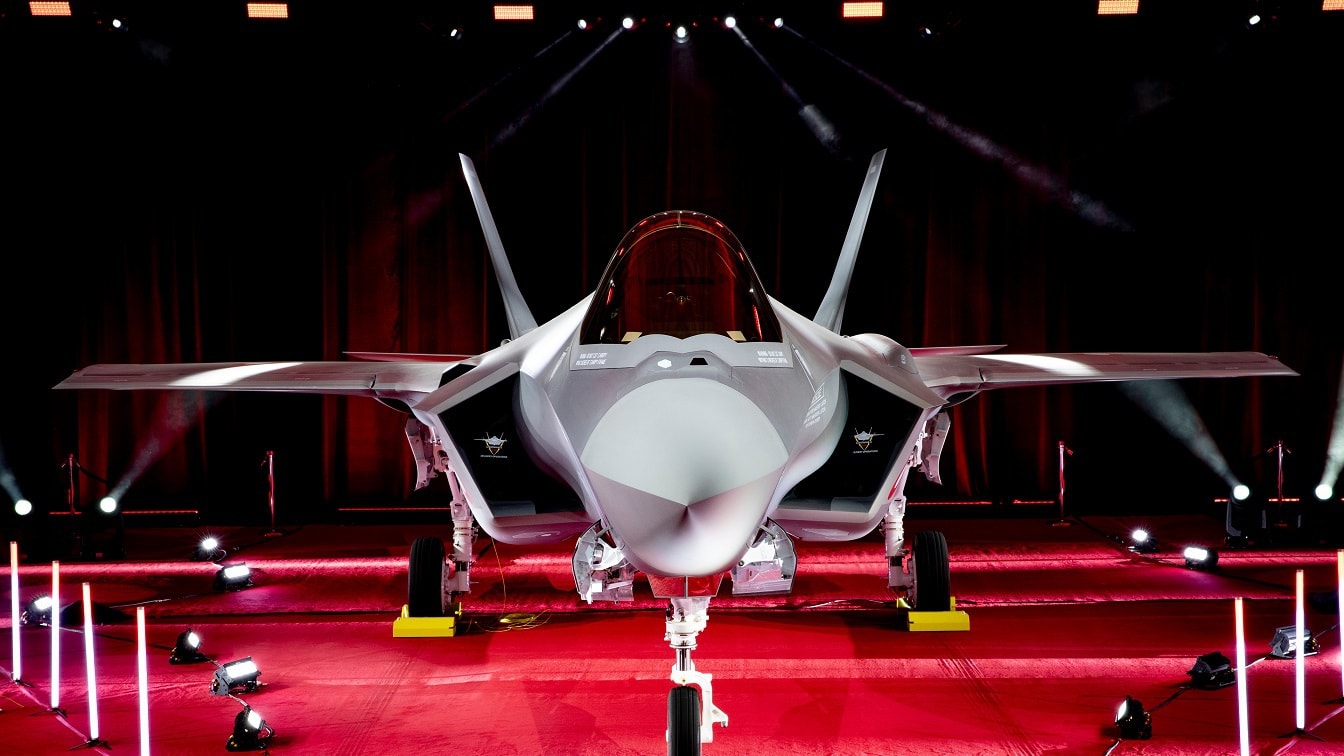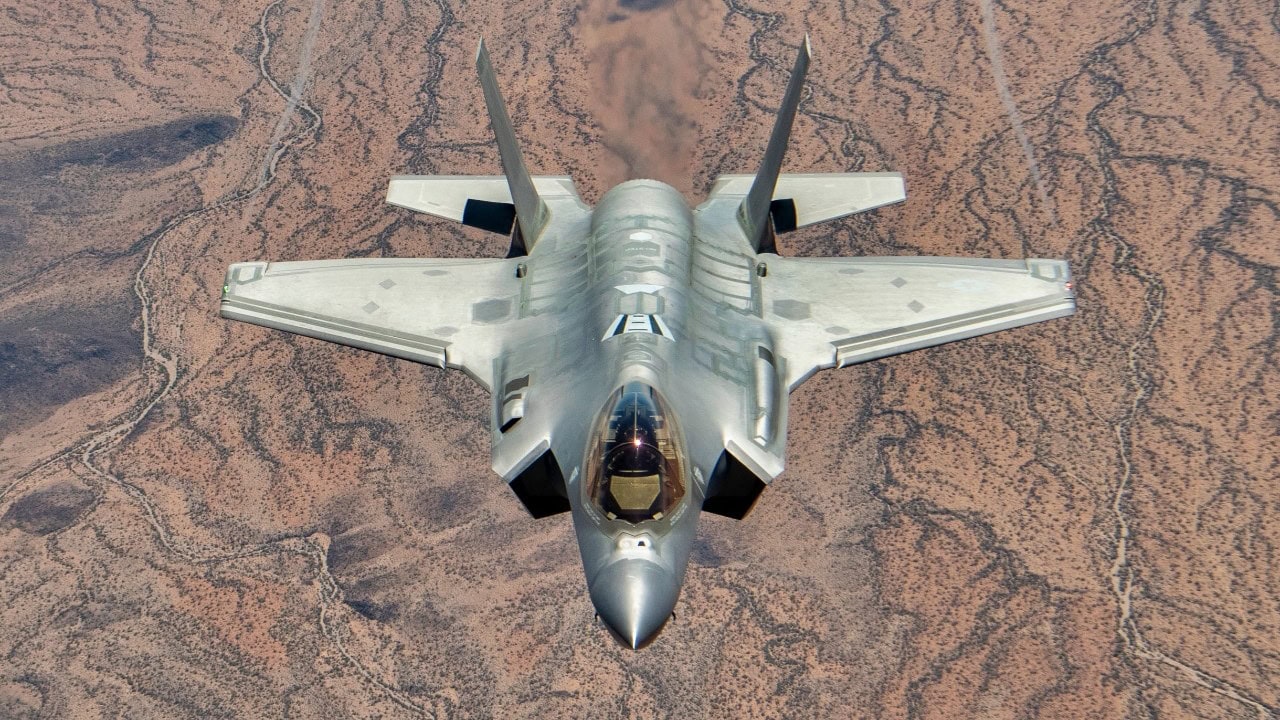Key Points and Summary: The F-35 Lightning II, despite its cutting-edge capabilities, faces ongoing challenges, including soaring costs projected to exceed $2 trillion by 2088, frequent repairs for thermal and engine issues, and sustainability expenses driving reduced flight hours.
-Safety concerns persist, with eight significant mishaps since 2014, and its operational availability remains below expectations at 51%. Critics, including Elon Musk, argue the program is inefficient and favor drones over the F-35.
-However, recent successes, such as Israel’s F-35I mission in Iran, demonstrate the fighter’s value in stealth strikes and loyal wingman drone integration. The F-35’s future hinges on addressing its cost and operational challenges.
F-35 Lightning II: Is the $2 Trillion Fighter Worth the Cost?
The F-35 Lightning II has its share of detractors and proponents. The latest major critic is Elon Musk, the billionaire named to co-head the newly formed Department of Government Efficiency (DOGE) for the incoming Trump administration. Musk said recently that the F-35 is built by “idiots” and should be replaced by drones. However, the F-35 program can be saluted because this year it achieved an important distinction called “full-rate production.” This is a positive signal that the F-35 program should maintain its current level of construction. While cancellation of the F-35 is unlikely, there are at least five major problems associated with it.
How Could the Cost Run That High?
The first trouble for the airframe is cost. The F-35 will cost over $2 trillion over the next several decades. This makes it the most expensive defense acquisition program in history. Keeping the Lightning II in the air is also head-splitting. Sustainability costs run about $1.6 trillion – a 44 percent increase since 2018. Then there is the money that goes to Lockheed Martin – we are talking about $442 billion in development and procurement. That results in the over $2 trillion total costs until 2088 when the Department of Defense believes the F-35 will be completely out of service.
The Pentagon Doesn’t Know How Much It Will Cost for Certain Repairs
Next is the problem of upgrades, enhancements, and repairs. The F-35 is a flying computer, and it constantly requires updates and modernization. Additionally, the F-35’s engine and thermal management systems need to be fixed. The faults in this system can cause the radar to overheat. But the Department of Defense hasn’t even figured out how these repairs will be accomplished. This means that we don’t even know how much this will add to the sustainability costs mentioned above. It could cost the taxpayer even more money in the coming years.
Flying Less to Save Money Defeats the Purpose
Another problem is that the Air Force, Navy, and Marine Corps will be flying the F-35 less due to the sustainability costs. This doesn’t make sense. All that money should yield an airplane that can stay in the air more and more each year. Instead, the service branches say, “This is really expensive, so let’s keep the F-35 on the ground more.” That defeats the purpose of having such a great fighter. It should be flown more – not less. Without ample flight hours, training and readiness is reduced.

A U.S. Air Force F-35 Lightning II aircraft, assigned to the 34th Expeditionary Fighter Squadron, flies over the U.S. Central Command area of responsibility, Jan. 07, 2019. The Lightning II is a fifth-generation fighter, combining advanced stealth with fighter speed and agility that provides U.S. Air Forces Central Command lethal war-winning airpower. (U.S. Air Force photo by Senior Airman Brandon Cribelar)
The Safety Record Is Less Than Desired
The number of accidents, crashes, and mishaps is too numerous to completely describe in this article. There has been some sort of incident, some of them deadly, in 2014, 2018, 2019, 2020, 2021, 2022, 2023, and 2024. That is at least eight accidents around the world since 2014. This raises questions about the airplane’s safety record.
Sorry, This Fighter Is Not Available
Last is the problem of aircraft availability. The Department of Defense calls this issue reliability, maintainability, and availability (RMA) problems. In 2023, the F-35 was only available for operations 51 percent of the time. The goal is 65 percent. “Available” means the F-35 can accomplish at least one of its many missions during flight.

U.S. Marine Corps F-35B aircraft mechanic Lance Cpl. William Wiggins assigned to Marine Fighter Attack Squadron 121, currently attached to Marine Medium Tiltrotor Squadron 265 (Reinforced), 31st Marine Expeditionary Unit (MEU), monitors an F-35B aboard amphibious assault ship USS America (LHA 6), in the Philippine Sea Aug. 18, 2021. The F-35B’s fifth generation strike fighter capabilities bring more lethality and flexibility to combatant commanders than any other aircraft platform. The 31st MEU is operating aboard ships of America Expeditionary Strike Group in the 7th fleet area of operations to enhance interoperability with allies and partners and serve as a ready response force to defend peace and stability in the Indo-Pacific region. (U.S. Marine Corps photo by Staff Sgt. John Tetrault)
“The RMA performance of the F-35 has been the subject of numerous congressional hearings and Government Accountability Office reports over the years, and the Pentagon has launched many initiatives meant to get mission capability rates up,” according to AirandSpaceForces.com.
DOGE Against the F-35 Lightning II
So, is Elon Musk correct?
Should the F-35 be replaced by drones?
That’s being too simplistic. The F-35 can deploy a “Loyal Wingman” – a drone that can be tethered to the manned airplane to conduct reconnaissance, fire stand-off missiles, or figure out bomb damage assessment. So, if the F-35 is a drone mothership, you can still get the advantages of unmanned flights without losing a pilot.
It is simply too late to cancel the F-35, there are just too many of the stealth fighters around the world that would need to be updated and maintained. To really save money, the F-35 program needed to be cancelled a decade ago.

F-35 Denmark Debut. Image Credit: Lockheed Martin.
Maybe all the money and downsides are worth it. The F-35I, the variant flown by Israel, just had an excellent mission over Iran. No F-35Is were lost and the stealth warbird eliminated numerous targets, including Iranian surface-to-air missile systems. This shows that the F-35 can be used for what it was intended for – radar-evading deep strikes that result in a softening of the enemy’s air defenses to prep for follow-on missions from strategic bombers. This sounds like a recipe for success.
However, the F-35 program has endured major problems. The total cost is just way too high. The Department of Defense hasn’t estimated how much repairs will be to fix some of the fighters’ thermal management systems. The service branches are flying the airplane less to save money. There have been numerous mishaps and accidents. And finally, when pilots need to fly the fighter, it is often not available. This means that Musk’s Department of Government Efficiency will be scrutinizing this program for cuts, if not all out cancellation. It will be interesting to see if the F-35 can survive until the end of the decade.
About the Author: Dr. Brent M. Eastwood
Brent M. Eastwood, PhD, is the author of Don’t Turn Your Back On the World: a Conservative Foreign Policy and Humans, Machines, and Data: Future Trends in Warfare plus two other books. Brent was the founder and CEO of a tech firm that predicted world events using artificial intelligence. He served as a legislative fellow for U.S. Senator Tim Scott and advised the senator on defense and foreign policy issues. He has taught at American University, George Washington University, and George Mason University. Brent is a former U.S. Army Infantry officer. He can be followed on X @BMEastwood.

